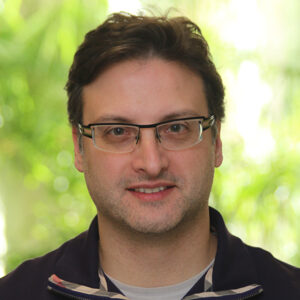The Department of Cell and Systems Biology, (CSB) here at the University of Toronto is striving towards innovative insights in the field of molecular sciences and systems biology. Our research projects include neurological development, cancer, fundamentals of transcriptional regulation and much more. With the help of grants and donations, researchers at the CSB department are able to pursue new discoveries in their line of research. We are celebrating support received in 2021, both national and international.
Arneet Saltzman
Professor Arneet Saltzman’s Canadian Institutes for Health Research project grant will fund studies of the proteins that modify biochemical properties of chromatin. Chromatin is a highly organized structure that packages DNA in the nucleus. Saltzman’s lab is working towards their long-term goal of understanding the mechanisms and pathways of chromatin organization that maintain robust development and fertility. This knowledge will advance the goal of translating research on trans-generational effects into public health interventions.
 Ulrich Tepass
Ulrich Tepass
The lab of Professor Ulrich Tepass won support from the Cancer Research Society to investigate the effects of cell division on epithelial structure. Their work in Drosophila imaginal disks involves understanding how mitosis can negatively impact epithelial integrity leading to tumour development. Tepass’ studies on the Crumbs transmembrane protein has found that a highly active epithelial polarity machinery is necessary to maintain the epithelium during cell division.
Vincent Tropepe
The Tropepe Lab received a donation towards their research on Usher Syndrome from the Usher 1F Collaborative, a non-profit based in the United States. The mission of Usher 1F Collaborative is to fund medical research to find an effective treatment to save or restore vision loss in those with Usher Syndrome type 1F. Tropepe and his team of researchers have plans to use gene therapy to harness the eye’s natural ability to recreate photoreceptor membranes. By correcting the mutant gene, they hope to restore the shape and integrity of photoreceptors.
